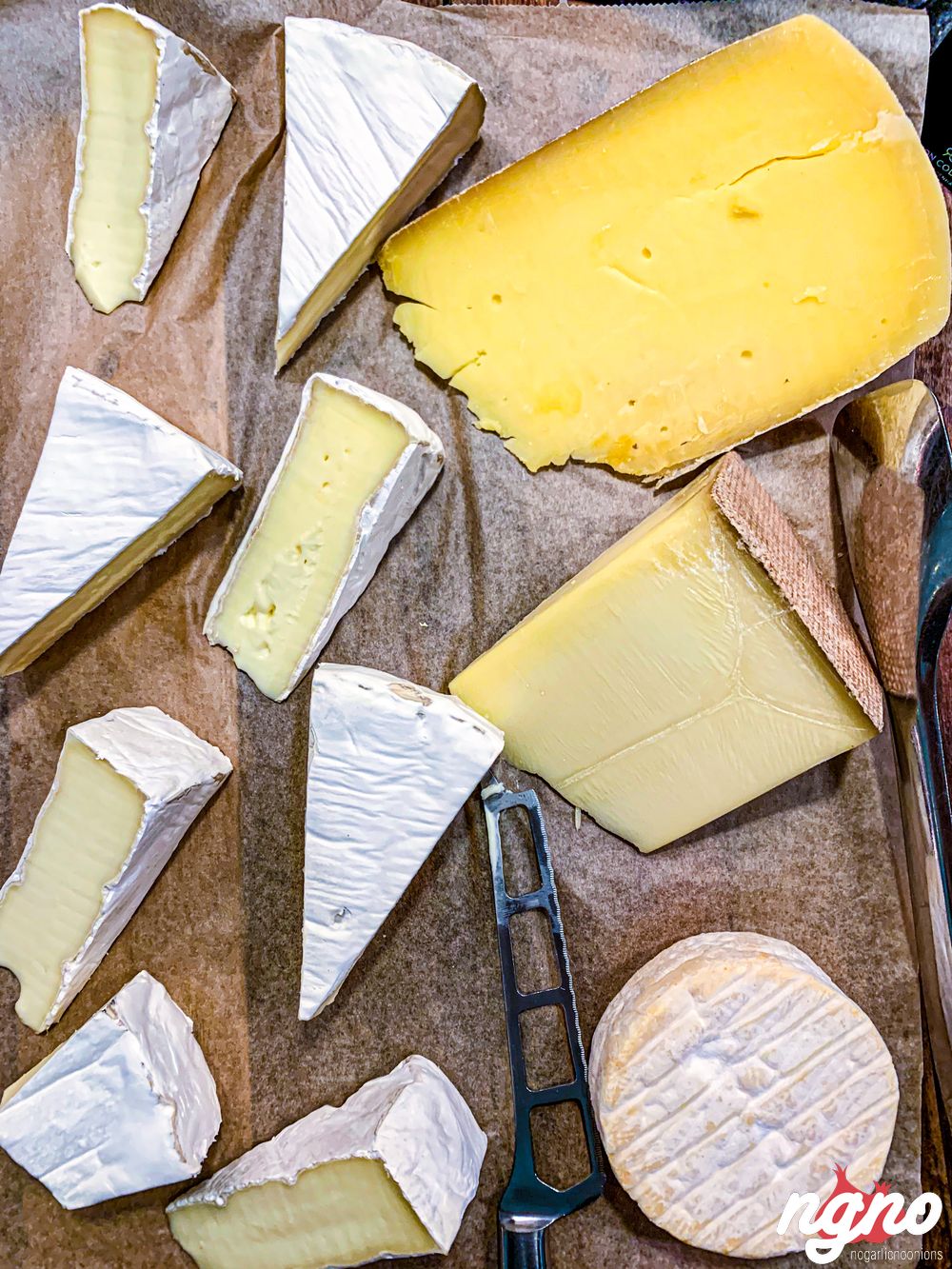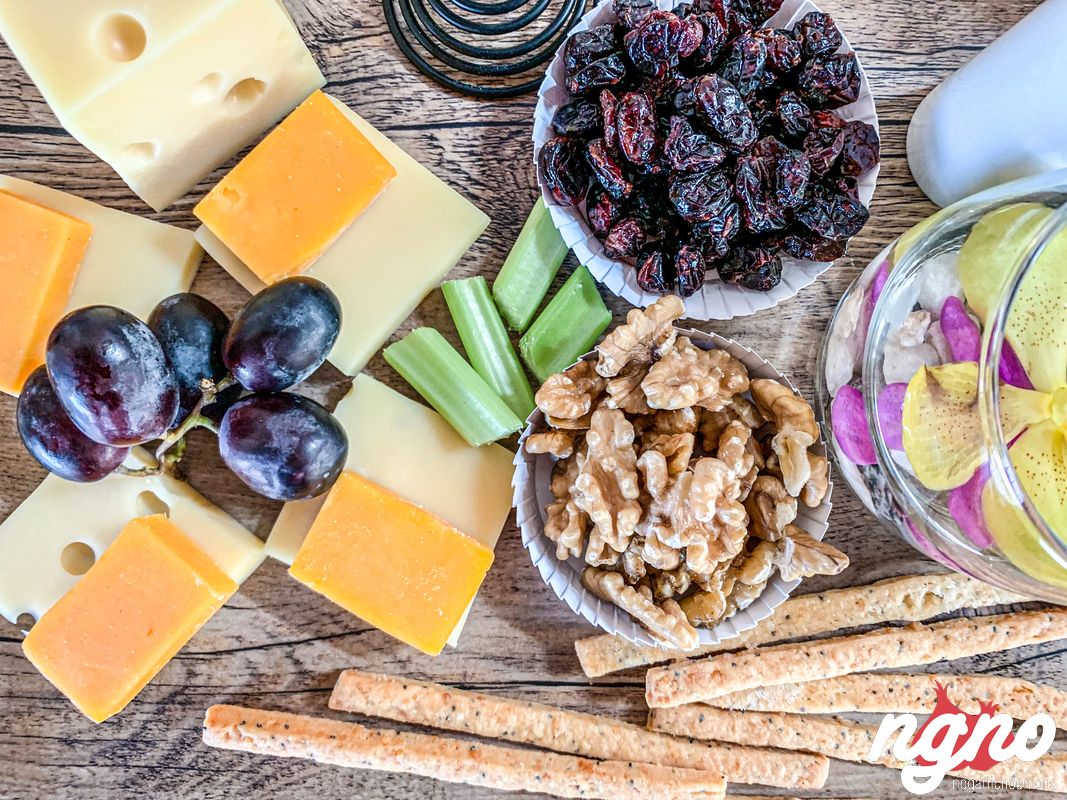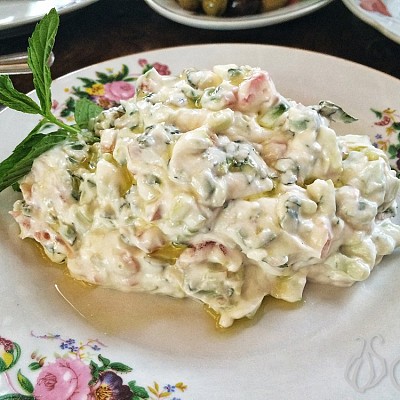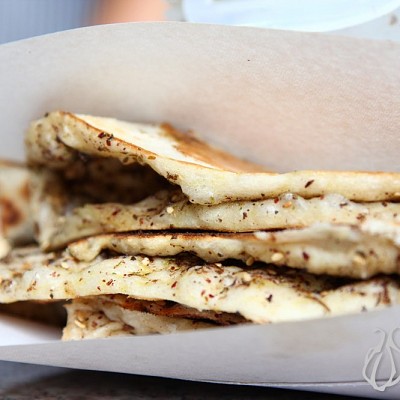Cheese is a dairy product derived from milk that is produced in a wide range of flavors, textures, and forms by coagulation of the milk protein casein. It comprises proteins and fat from milk, usually the milk of cows, buffalo, goats, or sheep.

- 1 - FRESH (No rind)
- 2 - AGED FRESH CHEESE [wrinkled white to grey-blue rind]
- 3 - SOFT WHITE RIND (White Fuzzy Rind)
- 4 - SEMI-SOFT (Fine to thick grey-brown rind or orange & sticky)
- 5 - HARD (crusty, grey often polished, waxed or oiled)
- 6 - BLUE (Gritty, rough, sometimes sticky rind)
- 7 - FLAVOUR ADDED

Cheese is a good source of calcium, a key nutrient for healthy bones and teeth, blood clotting, wound healing, and maintaining normal blood pressure. ... One ounce of cheddar cheese provides 20 percent of this daily requirement. However, cheese can also be high in calories, sodium, and saturated fat.
Cheese is made the same way — by curdling milk — except the milk is curdled on purpose. Most cheese is made in factories. After the milk is poured into big vats, a “starter culture” of bacteria is added to convert the lactose into lactic acid. Then an enzyme called rennet is added to curdle the milk.

White cheese may refer to Asiago cheese, an Italian cow's milk cheese. Beyaz peynir, a salty, white cheese made from un-pasteurized sheep (or cow) milk. ... Feta, a brined curd cheese traditionally made in Greece. Fromage blanc, a fresh cheese from France and Belgium.
Well as it turns out, the Lebanese are pretty well known for their dairy products and here's why. Just like the whole country's culture, their traditional cheeses originate from all over the world. Halloumi Cheese. Halloumi is a Cypriot mozzarella-like cheese (in texture) made from a mixture of goat's and sheep's milk.

There's growing evidence indicating that eating a small amount of cheese after a meal can potentially help to prevent tooth decay and promote enamel re-mineralization. Not only does cheese contain a good amount of calcium, which supports strong and healthy teeth, cheese helps create additional saliva in your mouth, which helps whisk away food particles stuck to your teeth so they do not have a chance to settle in and cause staining. Hard cheeses, such as cheddar, are the most effective, so add a 1 oz. piece after a meal that includes teeth-staining foods.





































































